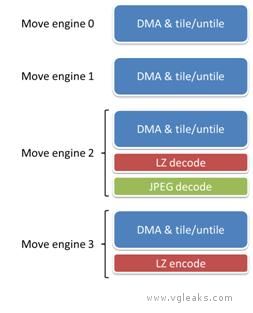I hate to point out that it's exactly what he meant by double the resolution. 2x the pixels.
In my business, if you double the res or half the res, you are speaking about both vertical and horizontal resolutions independently. That is something entirely different than doubling the number of pixels, which could be done many many ways. Going from 720P to 1080P is not "doubling the resolution", it is just a different resolution that just happens to be near 2x.
But we are not sure what he meant, he was not explicit, we could just assume.

